عنوان (انگلیسی): Cost-Benefit Analysis of IRAN-EU Natural Gas Pipeline
نشریه: نشريه انرژي ايران
شماره: نشريه انرژي ايران (دوره: 1, شماره: 26)
نویسنده: داود منظور ، حميد اسدي
تاریخ: ۱۳۸۹/۰۲/۱۲
کلمات کلیدی :
توليد ، اروپاي بزرگ ، مصرف ، تحليل هزينه ـ فايده ، ذخاير ، گاز طبيعي ، خط لوله
کلمات کلیدی (انگلیسی):
Natural Gas , Pipeline , Cost-Benefit Analysis , Production , Reserves , Consumption
چکیده:
تقاضاي جهاني انواع انرژي هرساله در حالي افزايش مييابد كه گاز طبيعي نقش بسيار حياتي و استراتژيكي در تامين اين تقاضا بر عهده دارد. طبق پيشبينيهاي موسسات معتبر بينالمللي، طي سه دهه آينده وابستگي اروپا به گاز طبيعي وارداتي، از 47 درصد در سال 2004 به 70 درصد در سال 2030 خواهد رسيد. بنابراين روي آوردن اروپا به منابع جديد گاز طبيعي اجتنابناپذير بوده و ايران به عنوان دومين دارنده ذخاير گازي جهان ميتواند يكي از منابع اصلي تامين گاز طبيعي قاره اروپا باشد. هدف اصلي اين تحقيق، تحليل هزينه- فايده احداث يك خط لوله انتقال گاز طبيعي از مبدأ عسلويه در ايران به شهر براتيسلاوا در مركز اروپا ميباشد كه اين خط لوله در مسير خود از كشورهاي تركيه، بلغارستان، روماني، مجارستان و اسلواكي عبور خواهد كرد. به همين منظور از دو شيوه متداول در ارزيابي اقتصادي پروژه*هاي زيربنايي يعني ارزش حال خالص(NPV) و نرخ بازدهي داخلي (IRR) استفاده شده است. نوآوري مهم اين تحقيق، توجه ويژه به هزينههاي متعدد احداث خط لوله و نيز انجام محاسبات براي احداث يك خط لوله كامل از مبدأ در ايران تا مقصد در اروپاست. نتايج اين تحقيق، بيانگر آن مي*باشد كه احداث خط لوله گاز طبيعي از ايران به اروپا به لحاظ اقتصادي توجيهپذير ميباشد ولي اين توجيهپذيري با نوسان قيمتهاي گاز و نرخ بهره در اروپا در ارتباط مستقيم قرار دارد و در صورت افزايش نرخ بهره به بالاتر از 8 درصد در اروپا، چنانچه ساير شرايط ثابت بماند، پروژه، توجيهپذيري خود را از دست خواهد داد. در پايان تحقيق نيز پيشنهادهاي مطالعاتي و تحقيقاتي در زمينه صادرات گاز ارائه شده است.
چکیده (انگلیسی):
In every day increasing world demand for energy, the role of natural gas in providing this demand is vital and strategic. According to prediction of international institutions, during three next decades, Europe's dependency to imported natural gas resources would be escalating from 47% in 2004 to 70% in 2030. Due to this fact, European's need to new resources is inevitable, and Iran as a country which has world's second natural gas reserves will be able to provide Europe's natural gas demand. The main purpose of this dissertation is cost-benefit analysis or in other words, evaluating the possibilities of constructing a gas pipeline from Iranian city of Assaluye to Bratislava in central Europe. This pipeline will cross countries like Turkey, Bulgaria, Romania, Hungary and Slovakia. To do so, two current methods in economic evaluating of infrastructural projects which are Net Present Value (NPV) and Internal Rate of Return (IRR) have been used. Paying special attention to various costs of making pipeline and counting for a perfect pipeline from Iran to Europe is the main innovation of this dissertation. Results of this research indicate that constructing a natural gas pipeline from Iran to Europe is economical. But we should consider that this reality has direct relations to changing natural gas prices and interest rate in Europe, in this matter, in constant situations. If interest rate increases over 8%, this project could not be economical. At the end of the paper, some research recommendation for exporting natural gas been offered.فایل مقاله : مشاهده لینک ها و تصاویر پس از ورود یا عضویت
نمایش نتایج: از 1 به 1 از 1
-
- تاریخ عضویت
- 2006/05/19
- محل سکونت
- شهر تهران
- سن
- 39
- نوشته ها
- 2,111
- پسندیده
- 140
- مورد پسند : 131 بار در 103 پست
- نوشته های وبلاگ
- 371
- میزان امتیاز
- 10


اطلاعات موضوع
کاربرانی که در حال مشاهده این موضوع هستند
در حال حاضر 1 کاربر در حال مشاهده این موضوع است. (0 کاربران و 1 مهمان ها)
موضوعات مشابه
-
صحرای بزرگ آفریقا برق اروپا را تأمین میکند
توسط RM10 در انجمن مدیریت بهره وری انرژیپاسخ: 0آخرين نوشته: 2012/03/25, 14:28 -
رکوپراتورها
توسط omranenergy در انجمن مدیریت بهره وری انرژیپاسخ: 3آخرين نوشته: 2012/03/25, 01:48 -
ویدئو: توانمندی مهندسان ایرانی در نمایشگاه پاورژن اروپا
توسط meybotyhvac در انجمن مطالب آزادپاسخ: 0آخرين نوشته: 2011/07/20, 00:07 -
نمایشگر بی سیم سامسونگ وارد اروپا میشود
توسط pc-manager در انجمن تازه ها و خواندنی هاپاسخ: 0آخرين نوشته: 2011/06/16, 00:33 -
انجمن انرژی های نو اروپا
توسط meybotyhvac در انجمن مطالب تخصصیپاسخ: 1آخرين نوشته: 2011/05/23, 15:39
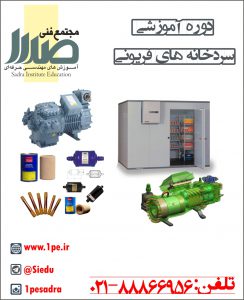
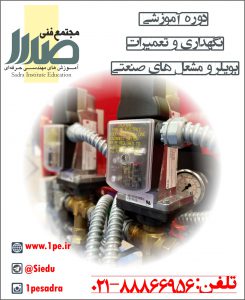
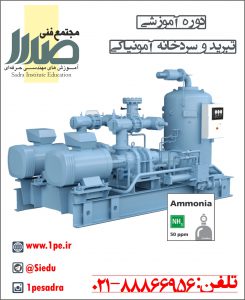
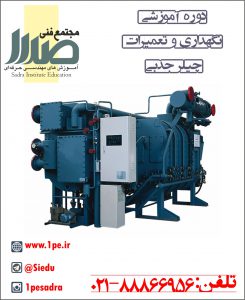




 پاسخ با نقل قول
پاسخ با نقل قول
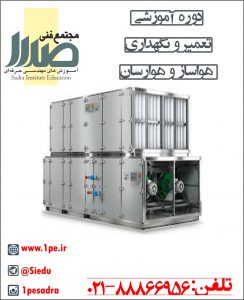
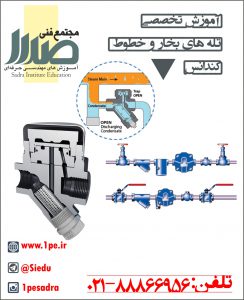

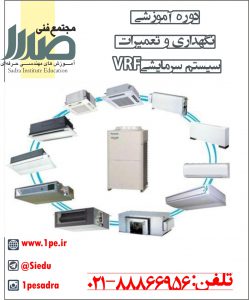

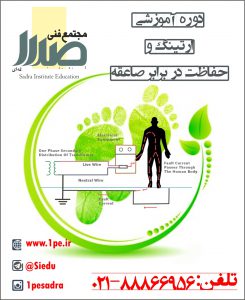
علاقه مندي ها (Bookmarks)